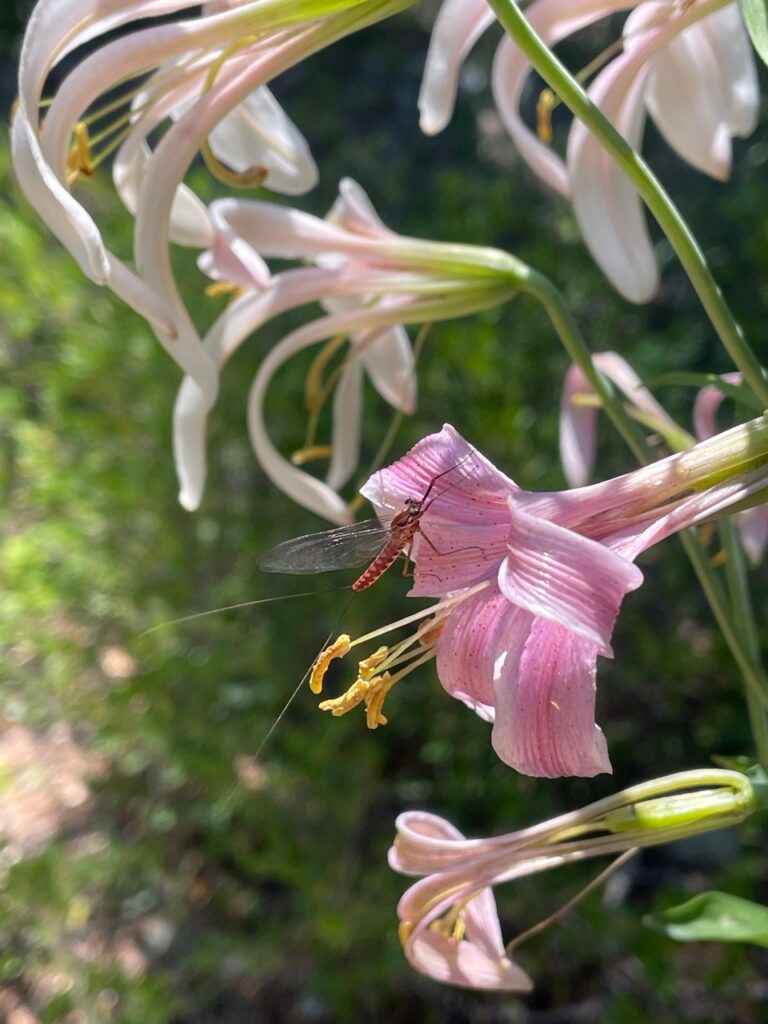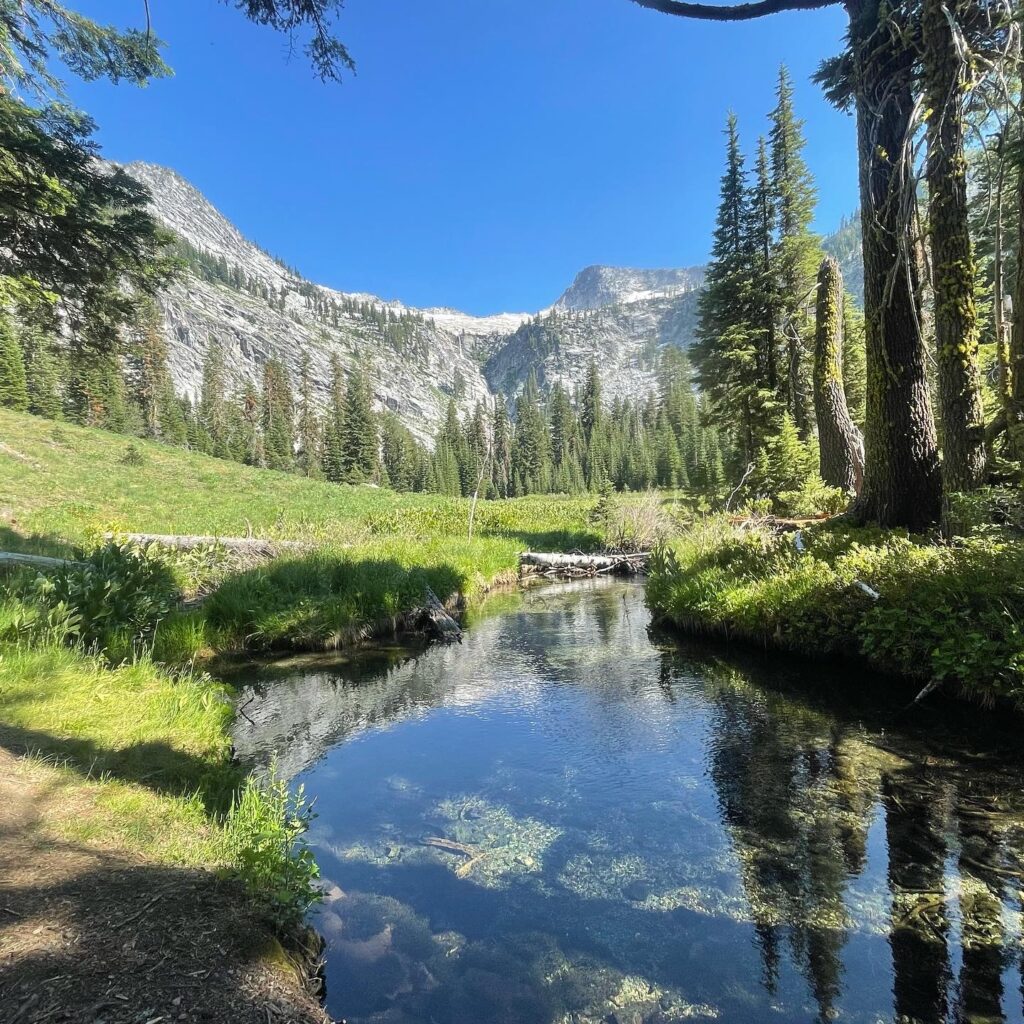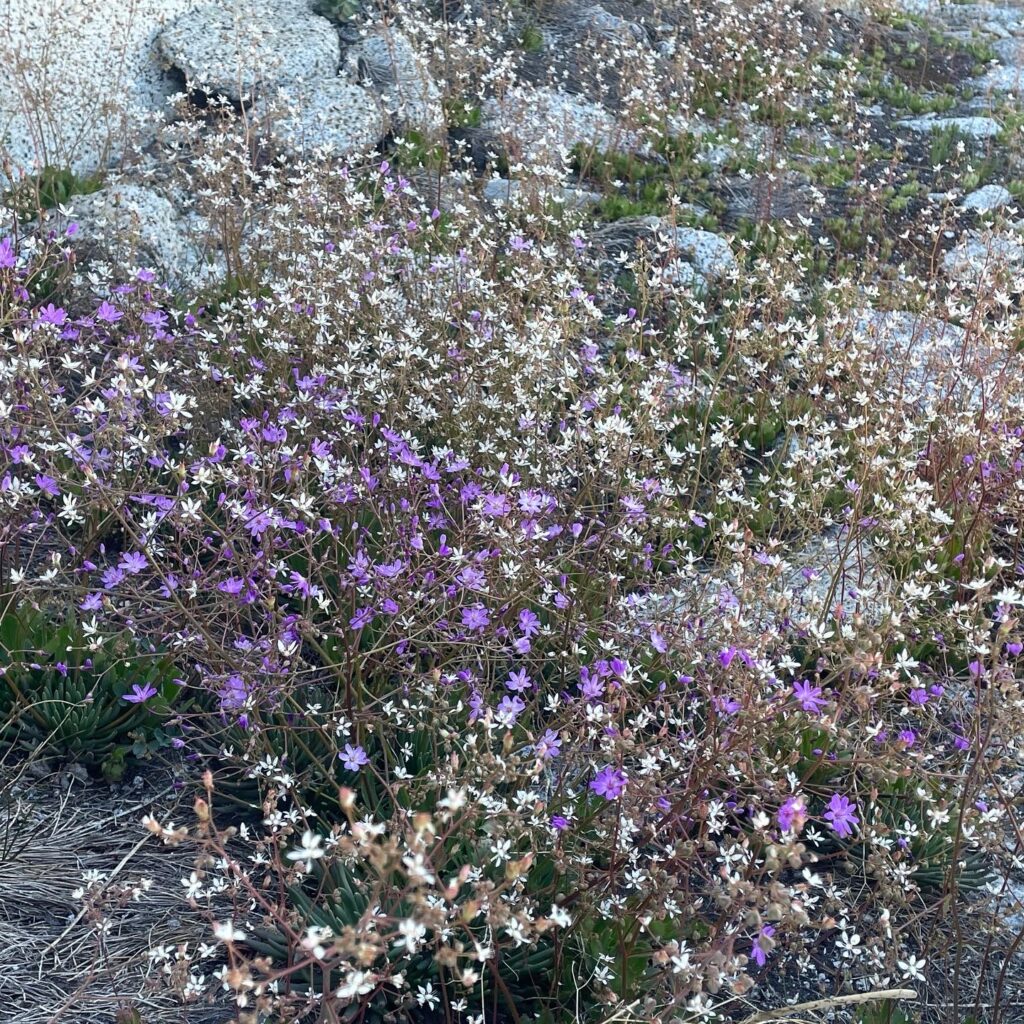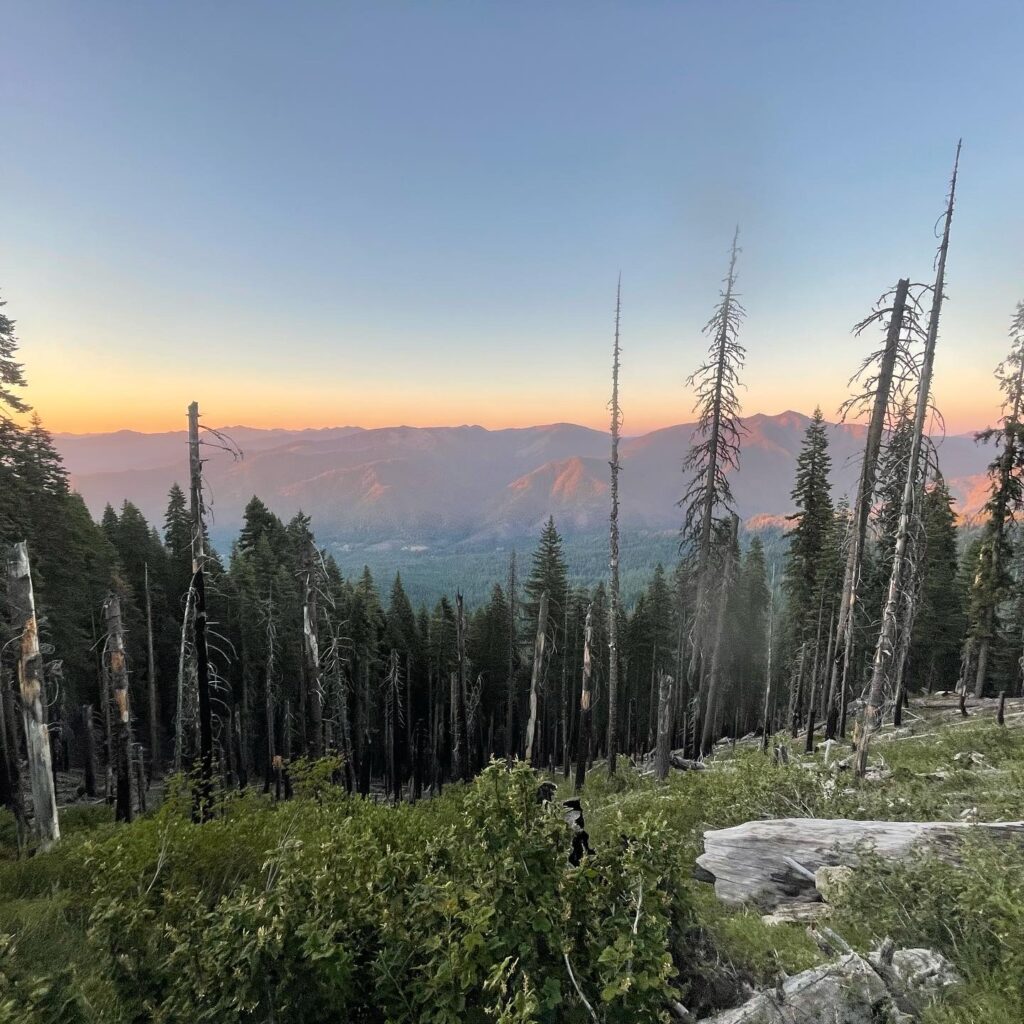The Giant Cultural Parasite, Part 6
This article is part 6 of a series about memetics, or natural selection applied to the world of ideas. You can read the other parts here:
Part 1: Introduction
Part 2: Patterns
Part 3: Replicators
Part 4: Replicator Domination
Part 5: Replicator Goals

A few sections ago, I said the following:
“we can see that every existing phenomena must have come to be in the present moment by one of these five principles:
A-Lasted
B-New Creation
C-Exact Copy
D-Variation
E-Melding”
And then I proceeded to talk about how the three laws of evolution—Longevity, Fidelity, and Fecundity—grow out of these laws.
What you may have noticed is that I pretty much skipped over principle E—Melding, or the idea that things can combine to make a new thing. It’s time we talk about that now.
In the example of the canyon and the river, we determined that random chance might have made one part of the land a little bit lower, but that once that happened, the water would flow to the low point and carry off some of the dirt, leading to a lower and lower point, gathering more water until a river was created. We can say that the river and the canyon “co-arose,” or came into existence together. The low point created an opportunity for the river to come into existence, and the additional water helped to create the low point. Each shapes the other, and the uniqueness of a river cannot be disentangled from the banks that hold it.
This co-arising happens throughout nature, and leads to unusual combinations, much like puzzle pieces fitting together. It’s through this process that things can come to be combined, like the way that cells and mitochondria always appear together. It’s also thought that multi-celled organisms may have originated this way, with different organisms co-arising in such a way that they become permanently linked.
We see it on a larger scale, too. Trees interact with and depend on underground fungal networks to share and distribute nutrients. Human beings, though we like to think of ourselves as independent beings, are in fact made up of multitudes of organisms, as much affected and driven by our gut bacteria as we are by our neural networks. In fact, only about 43% of your body is made up of “human” cells, with the rest made up of bacteria, fungi, viruses, and archaea. Even entire systems are linked, such as the vernal pools, amphibian populations, and migratory bird populations that used to exist in California’s central valley prior to the area’s conversion to agricultural land.

On a larger scale, these co-arising relationships can emerge between different organisms. Daniel Dennett defines three types of these relationships in “The Evolution of Culture”:
• Parasites, whose presence lowers the fitness of their host;
Daniel Dennett, “The Evolution of Culture” from Culture, edited by John Brockman
• Commensals, whose presence is neutral (though, as the etymology reminds us, they “share the same table”); and
• Mutualists, whose presence enhances the fitness of both host and guest.
Just as the canyon and the river co-arose based on natural properties like gravity, solubility (erosion), and the surface tension of water, these different forms of symbionts co-arise from the natural properties they have evolved (or co-evolved).
An example is in order. Many years ago, living in Flagstaff, Arizona, I went on a weekend adventure with my girlfriend’s brother Jay. We drove up towards Monument Valley, but turned off down a dirt road on the Navajo reservation because we saw some strangely-formed rocks that we thought would be interesting to explore. Jay’s truck got stuck in a sandy wash, and we were forced to spend the night. The next morning, as we traveled several miles across the reservation to try to get help at a road, I couldn’t help but notice that all of the flowers were either violet or white. It occurred to me that in the bright desert sunlight, these were colors that would stand out on the ultraviolet spectrum, allowing pollinators like bees to find them easily. Likewise, the pollinators must have developed eyesight that allowed them to perceive this part of the spectrum and differentiate it from other bright light.

Among the variations in flowers, the ones who were colored closer to violet or white were more successful because the bees could see (and pollinate) them easier. Among the variations in bees, the ones who could differentiate between flowers and non-flowers were more successful because they were able to collect more of the sugars in the flowers. The bees’ vision and the flowers’ colors worked together to make each other easier to find. They are mutualists.
Dogs may be an interesting example of a commensal species that later evolved to become mutualist with humans. They may have first followed humans to feed on the leftover carcasses from a hunt. Since they warned of predators, humans who had dogs nearby were more likely to survive. As the closeness grew over time, dogs and humans became more closely entwined and responsive to one another.
And most of us are familiar with parasites, such as tapeworms, who exploit something in another creature for their own survival.
We should remind ourselves that none of these symbionts makes a conscious decision to exploit or work in harmony with another creature. They simply survive to replicate, or they don’t. The ones that find food for sustenance (whether to the benefit of the other creature as in the case of the bees and flowers, or from a neutral position like the early dogs, or to the detriment of the other creature, as in the case of the tapeworm) will survive and replicate. The ones that don’t do as well die off. It’s not about good and evil, and it’s certainly not based in consciousness, it’s simply the result of natural law.
In many cases, the different parts of a closely-related system begin to depend on one another. Without the canyon walls, the river becomes a flood; when fires burn so hot that they destroy the underground fungal networks, the forests die; when we dam up the rivers and block out the salmon, the rivers lose their nutrients and the species who depend on them die.

These linkages grow so strong that we can effectively treat a system as an organism. In fact, that’s all that organisms are—a highly specialized form of system. And a system can be a replicator, just like any other replicator. It operates under the same laws: longevity, fidelity, and fecundity. And it can, over time, meld with another system to create a new, larger system.
So when we begin to talk about the Great Cultural Parasite (very soon now, I promise), and I say something about the “goals” of ideas, or describe the ways that certain ideas function as parasites, it might sound like I’m saying that these ideas are operating with conscious intention. But what I’m actually saying is that ideas replicate, and ideas co-arise, and from those natural laws, something that appears like conscious intention is born. And even when we try to design a system carefully, like western democracy, there are other forces, like mercantilism, the weather, or human technology, with which the system is forced to co-arise and co-evolve.
Next time, we’ll begin to dive into the world of memes, the specific resources for which they compete and some of the rules by which they play. As we move from the physical world into the world of ideas and stories, the laws will remain the same but the speed and spread will accelerate. And that will have some interesting consequences.